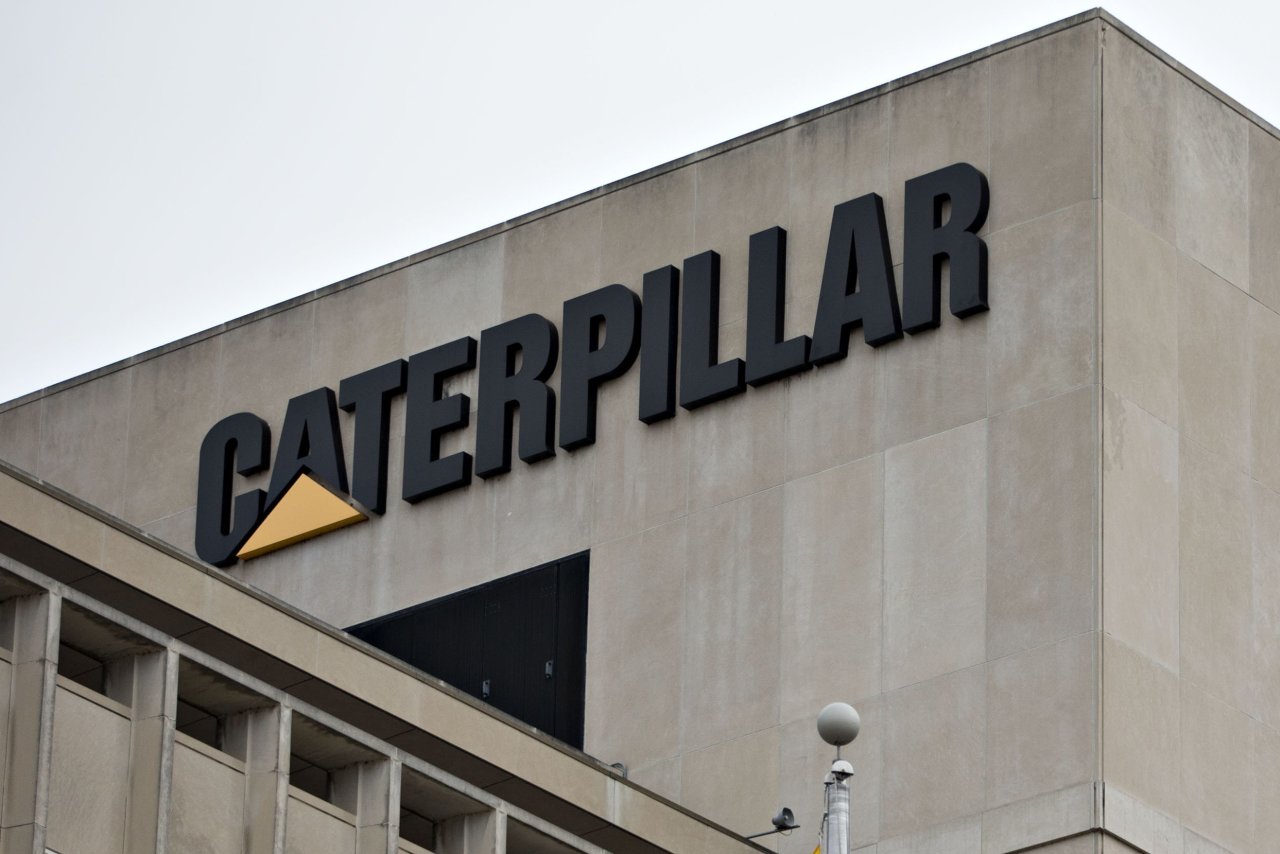Why Does Traditional Dealer Service Suck?

September 1, 2024
Ask construction customers about equipment dealer service. The answers won’t be pretty. In my opinion there are four reasons why dealer service is poor: company culture, economics, labor pool shortage, and a lack of competition.
Company Culture
Here’s where I’ll get the most pushback. Every dealer says that they are a ‘customer service focused’ company. Unfortunately, the opposite is true. Equipment dealers focus on selling/renting equipment because that is where the majority of the revenue is generated. According to the AED (Association of Equipment Distributors), the average dealer’s revenue mix is: 55% machine sales, 15% rentals, 20% parts sales, and 10% service. This is why a customer’s best hope for urgent service response is to threaten future purchases. Technicians magically appear!
Economics
The auto industry and equipment industry are similar in many ways. Both industries rely on selling inventories of products (machines for equip. dealers and cars for auto dealers) at lower margin but offer product support at higher margin after the sale. One major difference between auto and equipment is the economics within service. Auto mechanics are incentivized to complete customer work faster. These incentives come in the form of more compensation. Equipment dealers don’t offer these same incentives. In fact, I can count on one hand how many times a dealer finishes a job earlier than the warranty time guide allows. On non-warranty jobs, customer disputes are common over the time it took to complete the job. Many customers feel that the ‘meter is running’ once a dealer tech arrives on site, similar to how a taxi driver may take you on a longer route to the airport resulting in a higher fare, instead of the more direct route that ends up costing less. Same for equipment, more time spent on a machine equates to a higher invoice for the dealer. That is a fundamental misalignment between customer and dealership.
Technician Shortage
One thing that is indisputable is the industry’s technician shortage. According to a recent AED research report, the AED estimates there are 73,500 technician positions needed over the next five years. There don’t seem to be any short-term solutions, as much of the industry dialogue is focused on promoting vocational schools as opposed to the traditional college four-year degree programs. The technician shortage causes longer wait times for machines, increasing customer down time. When customer machines are down, they lose production and are paying employees’ wages who cannot work at that moment. There is one other major negative that occurs which isn’t talked about: customer prioritization. When dealers are short on technicians, they prioritize what customers they respond to the fastest. Here’s where the sales culture creeps in. Customer ‘A’ buys 20 machines per year and Customer ‘B’ buys 5 machines per year. Guess who gets the next available technician? This creates a lack of transparency for customers as to where they are in the queue and when they can expect a mechanic.
Talk to any dealer you want they will tell some version of, “if I could hire 50 technicians today I would”. There’s a cold reality to this that is part economic. If you hire a technician, you need one of two things: either more space for them to work or a service truck. Dealers can’t just build more service bay space for these shop mechanics to work. They also can’t have them working out in open air in the parking lot. There are real space constraints involved. Service trucks with cranes typically run $150k-$180k and aren’t sitting on a lot like cars waiting for a buyer. Service truck purchases are planned out in advance and usually have lead times exceeding 6+ months.
Lack of Competition
Competition creates higher quality products and services and more innovation. When there is no competition, the existing suppliers have no reason to improve and offer a better customer experience. This leads to higher prices and complacency. Doesn’t it sound a lot like the traditional equipment dealer experience? There are 2 CAT dealers in Florida, 1 Komatsu dealer, and 2 John Deere dealers. In contrast, there are 117 Ford dealers and 100 Chevrolet dealers in Florida. Auto dealers are forced to be excellent operators because if you’re unhappy you can walk down the street. As of December 2022, Equipment OEMs continue to fight ‘Right to Repair’ legislation, with the goal of preserving their monopoly. Once again, this leads to a fundamental misalignment between customers and their suppliers.





